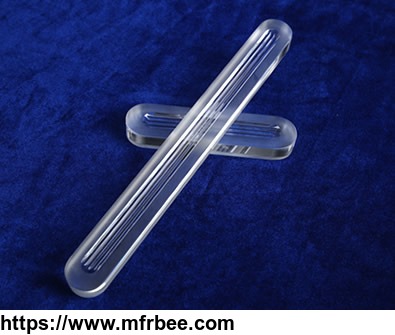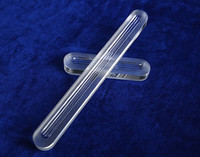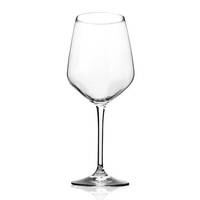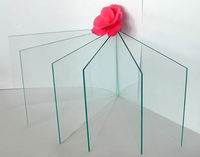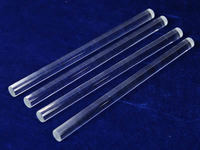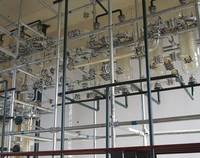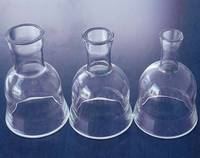Gauge Glass
Specifications
Gauge Glass/Level Sight Glass Used in Industry Pipe
Gauge glassalso named sight glass or level gauge glass. According to the application requirement for pressure and temperature, different material is used. Each type max working temperature is shown below.
- Soda-lime glass (window glass) widely used for lower cost, working temperature up to 230 °C.
- Borosilicate glass particularly useful for applications in aggressive environments (acids, alkali, water vapor), working temperature up to 350 °C.
- Aluminosilcate glass have similar properties to borosilicate glass, but with better chemical resistance and higher permissible operating temperature of up to 600 °C.
- Quartz glass
Classification:
-
Round Sight glass:
-
Description
It is mainly used to observe the level of the boiler or other equipment filled with liquid, also can be used as watching glass window for thermal and chemical reaction. -
Dimensions of round sight glass.
Special requirement is available, such as dip hole in center, polishing edge and so on.
-
Description
-
Transparent level gauge glass:
Transparent (smooth) level gauge glass is used to observe the liquid level of the boiler or other liquid tanks. Due to the boiler water high temperature and pressure working environment, borosilicate or aluminosilcate glass is used to meet the requirement.-
-
Types:
According to the width and thickness of the glass, mainly four types are classified.- type A: width 30 mm, thickness 17 mm.
- type B: width 34 mm, thickness 17 mm.
- type H: width 34 mm, thickness 22 mm.
- type TA 28: width of 27.6 mm, 16.8 mm.
-
Dimensions:
- Gaskets and mica sheet can also be provided together.
-
Working temperature and pressure
Borosilicate glass can withstand up to 400 °C, 180 bar. Aluminosilcate glass can work up to 660 °C, 180 bar.
-
-
Reflex gauge glass:
Reflex gauge glass are used to read the water level of the boiler or tank. It have 3, 4 grooves longitudinal printed on the glass. The grooves in water can help increase the angle of refraction, so the visibility of the liquid level is much better then without grooves.
With the grooving increases the angle of refraction which makes the visibility of the liquid level is much better than when using smooth glass.
-
Types
- type A - width 30 mm, thickness 17 mm.
- type B - width 34 mm, thickness 17 mm.
- type H - width 34 mm, thickness 22 mm.
- Type C - width of 20 mm, thickness 12 mm.
- Type D - width 25 mm, thickness 15 mm.
-
-
Types
- Country: China (Mainland)
- Business Type: HeBei YuanBo Engineering Co., Ltd.
- Market: gauge glass, optical glass, step glass, glass disc, glass tube, laboratory glass, glass rod and glass panel
- Founded Year: 2007
- Contact: yaxian liang
